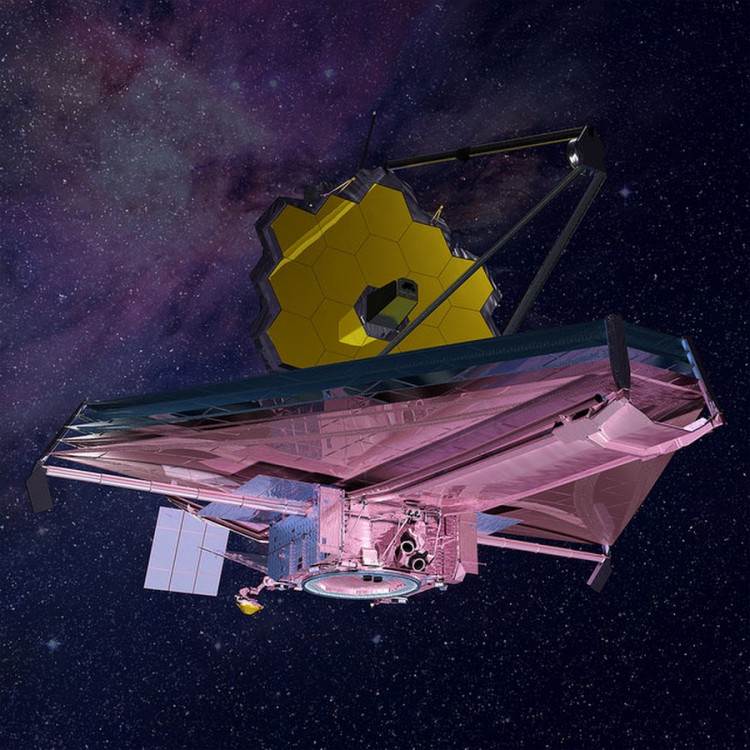The James Webb Space Telescope's principal pointing equipment is performing well in testing, according to two space agencies involved in the observatory's commissioning process
Over the weekend, the Fine Guidance Sensor (FGS), a Honeywell contribution to the Canadian Space Agency (CSA), successfully "locked on" to a specific guide star in tracking mode, the CSA reported Thursday (Feb. 17).
The FGS device will now be utilized to aid with the ongoing alignment of the 18 hexagonal segments that make up the telescope's primary mirror, according to the CSA. Webb engineers unveiled the first image of a single star last week, which showed numerous varied views from the multiple mirror parts, as predicted given that alignment is still proceeding.
A NASA statement about the milestone was made on Thursday, and it featured comments from René Doyon (chief investigator of the Canadian-built equipment aboard Webb) and Nathalie Ouellette of the Université of Montréal. The two scientists talked about how FGS works and what to expect in the following weeks.
"In the coming weeks, with the help of the FGS, each mirror segment will be carefully adjusted to 'stack' these [individual segment] views and calibrate the rest of the telescope's optical elements, to ultimately create a highly focused image of a single star," the CSA said.
The scientists expressed their delight at the achievement, saying they are "thrilled" that the guiding is functioning well so far and that FGS will continue to assist Webb's Near-Infrared Camera (NIRCam) in pointing in the right direction.
The FGS measures the exact position of a guiding star in the telescope's field of vision 16 times per second and sends modifications to the fine steering mirror around three times per second to ensure Webb stays fixed on its celestial objectives.
Webb's commissioning time is projected to last many months, owing in part to the fact that the instruments are still cooling following their Dec. 25 launch and month-long voyage to a Lagrange point deep in space. As Webb searches for heat-emitting objects in the universe, the instruments are designed to operate at minus 384 degrees Fahrenheit (minus 233 degrees Celsius).
The $10 billion James Webb Space Telescope, NASA's largest and most powerful space science telescope, will investigate the cosmos to learn about the universe's history, from the Big Bang to the birth of alien planets and beyond. It is one of NASA's Great Observatories, which include massive space instruments such as the Hubble Space Telescope to view deep into the universe.






